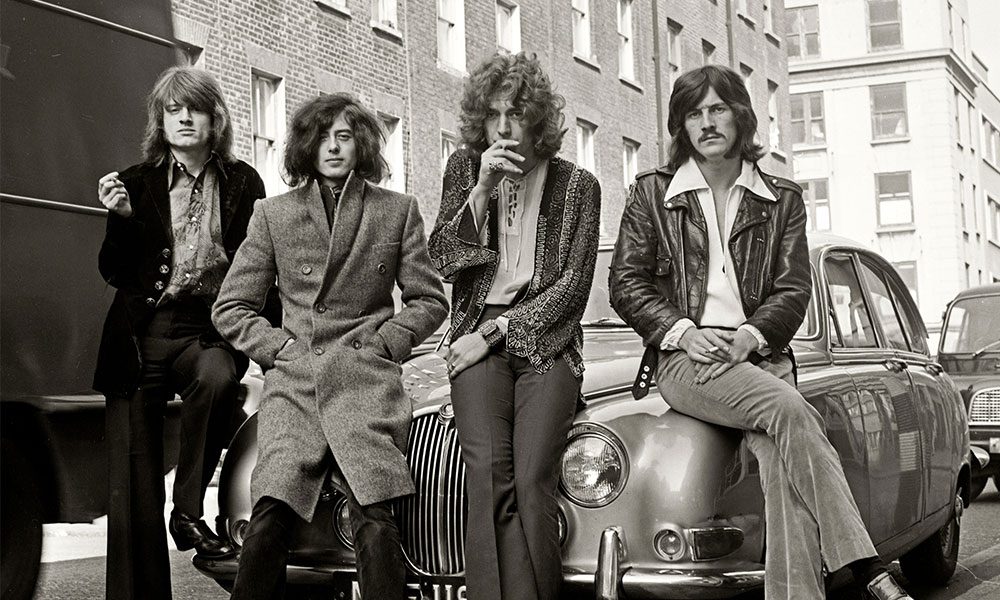In the annals of rock music, Led Zeppelin is regarded as one of the most influential bands. By fusing different musical genres into their music, such as blues, folk, and hard rock, they revolutionized the music landscape. Rock music was greatly influenced by Led Zeppelin’s avant-garde sound, Robert Plant’s dynamic singing, Jimmy Page’s guitar prowess, John Bonham’s drumming, and John Paul Jones’ bass playing.
The first three studio albums by the group were all self-titled with the intention of letting the music speak for itself rather than drawing attention to the deeper meaning of the writing on the front cover.
That didn’t stop detractors from making assumptions about them, and as the 1970s got underway and rock’s intellectualism grew, music connoisseurs began to discount Led Zeppelin’s output. They received unfavorable evaluations at first, but they still rose to fame. However, Page proposed that the front cover of their next record not feature any lettering and instead feature a man carrying an enormous number of sticks on his back in an effort to dim the spotlight on their careers.
The unnamed fourth Led Zeppelin album featured four symbols on the back, one for each band member. Although listeners began referring to the album as Zoso based on the symbols’ appearance, the record is still empty. The absence of cover art did not indicate a lack of creativity, however, as Led Zeppelin pushed their sound in daring new directions on each song. Page told Rolling Stone,
“After all we had accomplished, the press was still calling us a hype. So that is why the fourth album was untitled.”
Every song on the album symbolizes a different color in Led Zeppelin’s palette, in contrast to the album’s plain cover. They start with folk music on “Going to California,” turn it into an epic masterwork on “Stairway to Heaven,” and then return to the blues once more on “When the Levee Breaks,” the album’s concluding track. Led Zeppelin’s rendition of Memphis Minnie’s blues standard goes beyond the blues and ends up sounding like it should serve as the soundtrack to the end of the world because they were soon packing arenas.
Although Led Zeppelin could care less about what the critics thought, Page was aware that the untitled album and what would become Houses of the Holy were the beginning of something significant. Numerous ambitious guitarists were left with a model for how hard rock should sound after Page emerged victorious.

